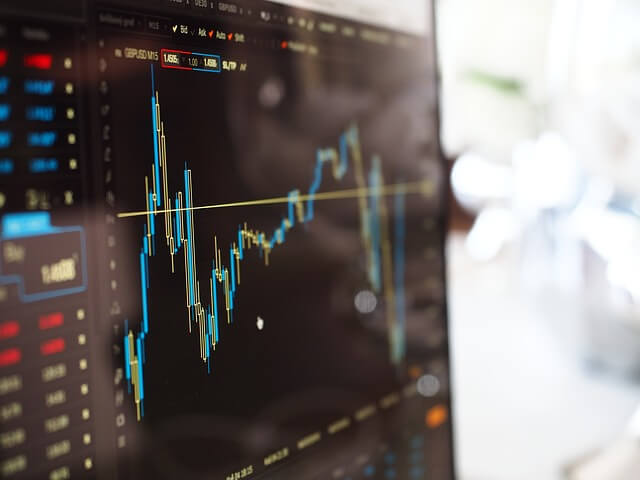When it comes to pricing generic drugs, there are a number of factors that come into play. In countries without drug price regulations, the pricing is based largely on profitability. However, ethical concerns also come into play. There are arguments for both free-market capitalism being permitted to determine costs, as well as for demanding that companies act in accordance with the public good. Still others argue that there are middle ground approaches that allow for profitability while keeping needed medications affordable for patients.
Using Competition to Control Drug Prices
 In 1984, the Hatch-Waxman Act created a robust generic pharmaceutical market with lower costs for generic drugs. Before the legislation, generic drug manufacturers only held 8% of the prescription drug market. Within five years, their share had soared to 39%.
In 1984, the Hatch-Waxman Act created a robust generic pharmaceutical market with lower costs for generic drugs. Before the legislation, generic drug manufacturers only held 8% of the prescription drug market. Within five years, their share had soared to 39%.
However, on medications where there is little competition, drug prices tend to increase. Raw material shortages, consolidation among manufacturers and production difficulties can all keep other generics out of the market, meaning that prices will go up.
Price increases can endanger patients. When the price of generic tetracycline increased from $1.45 to $257.70 for 30 capsules, the Government Accounting Office (GAO) determined that it disadvantaged certain patient groups who would have to pay more out of pocket even with insurance.
The Reference Pricing (RP) Model
In many parts of the world, prices for medication are regulated. Eighty-two percent of nations have some sort of regulation while 18%, including the United States, opt for free market competition to control drug prices, as described above.
Countries where drug prices are regulated use a variety of models to arrive at their generic drug prices. In Italy, the price of a generic must be at least 20% less than the cost of the original medicine. In other countries, generic prices are based on the average price of medicines in several sampled countries. Other places will set a maximum price or a negotiable price for generic medications.
In general, there’s no incentive to price below the reference price. Higher priced generic drugs, and originator drugs, tend to lose market share when they are too far above the reference price. However, in cases where the price of the original medication falls to the RP, it can hurt the market for generics.
Low drug prices in countries that include Spain and Italy can discourage manufacturers from entering those markets. This, in turn, leads to fewer choices for consumers, and higher prices among those medications that are available.
In the end, pricing policies need to make medications available to those who need them. Balancing regulations with the profitability potential of drugmakers ensures that there are choices to be had at prices that are workable for both patient and generic drugmakers.
























